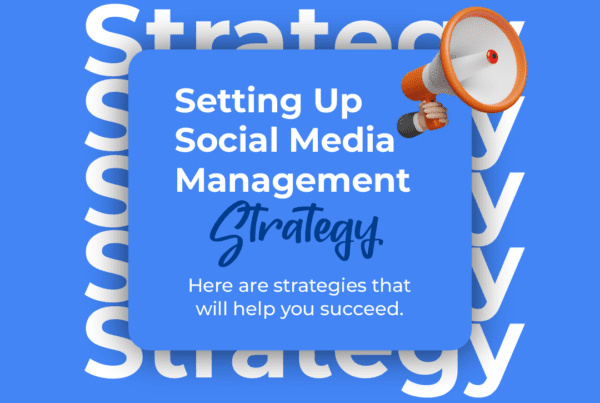Running pay-per-click (PPC) ads without keeping track of key performance indicators (KPIs) is the equivalent of going on a diet without weighing yourself. You put in a lot of effort, but how do you know if it’s working?
It’s like stepping on the scale when it comes to tracking PPC KPIs. It’s a method of determining the effectiveness of your PPC advertising by tracking their performance. According to studies, without sufficient analytics, 97 per cent of Google Ad campaigns fail.
Despite the significance of performance monitoring, 72% of businesses haven’t looked at their PPC campaigns in over a month! If you’re one of the 72%, it’s time to dig a little further. Here are six key PPC KPIs to keep an eye on.
1. Number of clicks
A single click is the first step in any conversion. One of the most important PPC KPIs to track is the number of clicks your ad receives because of this
The number of clicks is a great early indicator of a campaign’s success. If a large number of people click on your ad, you know the message is getting through and driving traffic to your website.
While clicks are an important KPI, they shouldn’t be the only ones, you monitor. Unless your goal is simply brand awareness and authority, most businesses’ ultimate goal is conversions. A click does not always imply that the customer has completed the buyer’s journey. To truly understand the performance of your PPC campaign, that’s why you should track several KPIs.
2. Click-Through Rate (CTR)

The click-through rate (CTR) is another key measurement for evaluating the success of a PPC campaign. Instead of focusing solely on the number of clicks, CTR compares the total number of clicks to the number of people who see your ad.
CTR is calculated by dividing the total number of clicks by the total number of impressions (people who saw your ad whether they clicked or not). Your CTR would be 10% if you received 5,000 impressions and 500 clicks, for example. The click-through rate is handy because it puts the number of clicks into context.
Over time, keep an eye on your average CTR. Improve your ads regularly to see if you can improve your CTR. The higher the number, the better!
3. Impressions
An impression is how often your ads are visible on search results pages or any PPC advertising platform.
The impressions metric doesn’t always indicate how well your ad is performing, but it does show you how many people have seen it. And because you can’t have a successful ad if no one sees it in the first place, you’ll want to keep track of how many impressions you get per day, week, or month.
4. Cost Per Click (CPC)

Cost per click (CPC) is an important PPC key performance indicator to track since it coincides with clicks and CTR. It’s a metric that determines how much you pay for every user who clicks on your ad.
CPC can be used to find out how much money you’ve spent on an ad campaign. Simply divide the total cost of the campaign by the number of clicks received to determine the cost of each click.
This KPI assists you to stay on budget. If your CPC starts to rise too fast, the ad campaign may not be worth it.
5. Conversion Rate
The conversion rate would be the “most important” PPC KPI to track. The main reason you run paid search ads is for the conversion rate (CVR). It’s the number of people who saw your ad, clicked on it, followed your call to action (CTA), and purchased a product. The conversion rate is a metric used to assess the success of a campaign.
CVR is calculated by dividing the total number of clicks by the number of conversions received from a campaign. For instance, if you received 200 clicks and 10 conversions, your CVR would be 10/200, or 5%.
6. Cost Per Acquisition

Another budget-tracking KPI is the cost per acquisition (also known as cost per conversion). Instead of tracking the cost per click, it measures the cost of acquiring a new customer and closing a sale.
The cost per acquisition (CPA) is calculated by dividing the total cost of the campaign by the number of conversions obtained.
The cost per acquisition is a useful KPI for cost management. For example, if your profit margin on a product is 10% and your CPA is 15% of the product’s price, maintaining that campaign is not cost-effective. Either lower your cost per acquisition or put the campaign on hold.
Paid search advertisements aren’t supposed to go live and then be forgotten about. You’re wasting money on your PPC advertising if you don’t check their performance on a regular basis. Keep an eye on these important PPC KPIs to see how your advertisements are doing, where you can improve, and how you can get more bang for your marketing money!
Working with a company that understands what it takes to build great ad campaigns is essential if you want to optimize your PPC potential. We’re always delighted to handle and track your PPC advertisements to ensure that your company receives the attention it deserves online. For a free consultation, please don’t hesitate to contact us!
Did you find this article helpful? If so, please go ahead and share with your networks, it will be highly appreciated.
Charleson Group is the leading Digital Marketing Agency in Kenya. Reach out to us here for any of your digital marketing needs.
Until next time, cheers!




